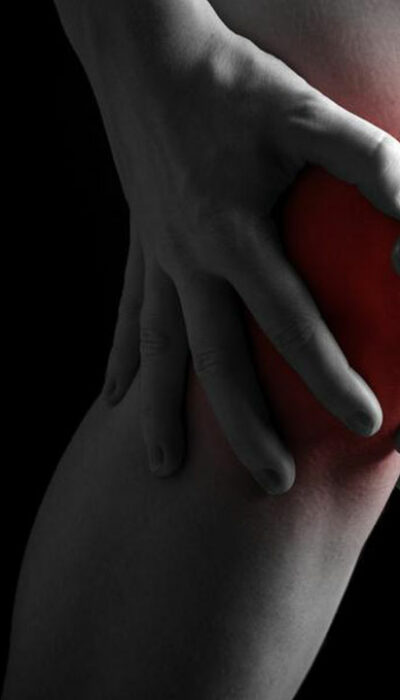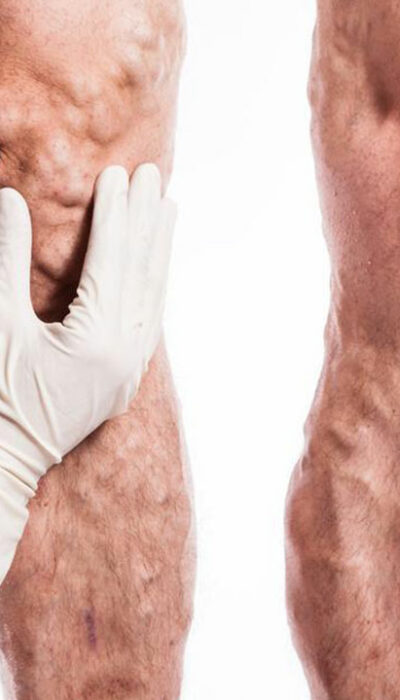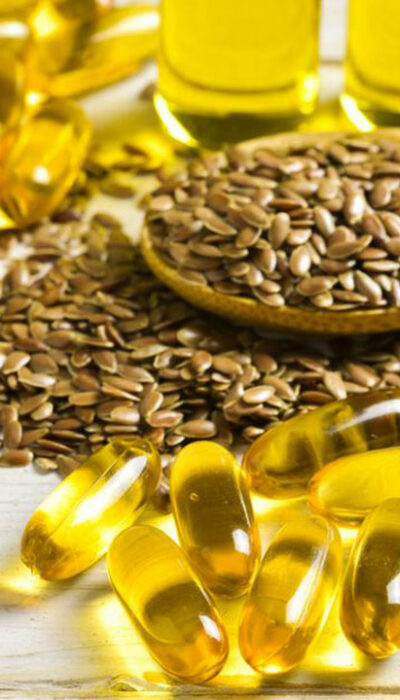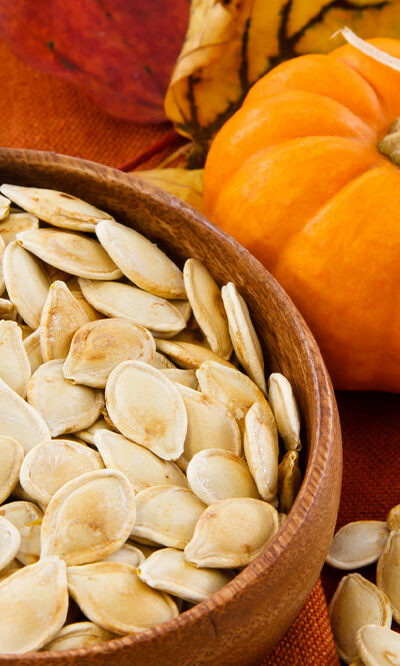
Symptoms of Dog Allergies You Should Look Out For
The dog is man’s best friend, and lucky are those, who have a canine at their home. However, just domesticating a canine is not enough. You need to take proper care of the dog and ensure to provide it with proper healthcare facilities. Like humans, dogs too fall prey to different diseases and need different medications as well as vaccination from time to time. That’s not all. A pet owner needs to keep an eye for the allergies of dogs. Allergies in some cases can turn fatal for the canine. That is why it is important to start the treatment as soon as you find the first symptom of an allergy. Here are some common d og allergies symptoms you must not ignore. Itchy or moist skin – Even if you do not check out the skin of your pet every day, it is necessary for you to look into his skin minutely at a regular interval. In most of the cases, dogs suffer from different types of skin infections like redness or itchiness of the skin. Apart from that, some dogs also complain of scabbed or wet fur and skin. However, in case of flea allergies, the entire coat is not affected. It is the tail’s base or back side of the canine that shows the symptoms of the condition. Excessive scratching – In many cases, pet owners cannot detect the d og allergies symptoms with their naked eyes. That is the reason; it is important to keep an eye on the activities of your pet every day. Give special attention if you find any behavioral changes in the animal. Scratching is one of the common d og allergies symptoms and should be taken proper care right from the initial stage, or else it can affect the skin significantly.










